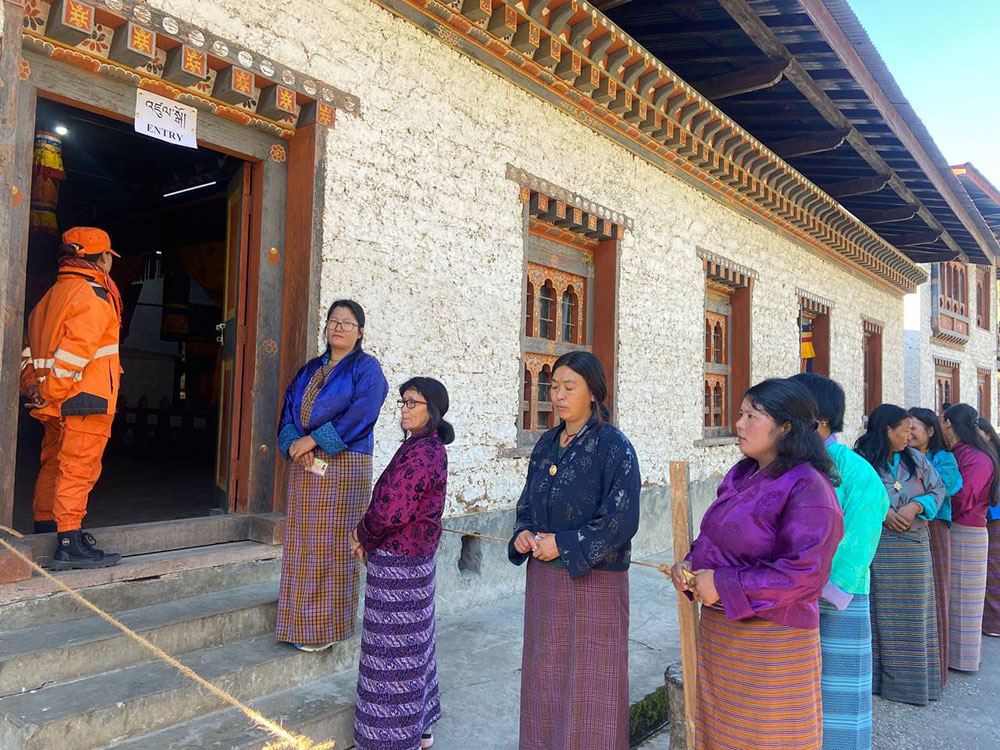Thinley Namgay
Lhuentse witnessed a robust participation in postal ballots (PBs), with around 6,000 issued, including overseas PBs and early voting for persons with disabilities.
However, the electronic voting machine (EVM) turnout was less inspiring, constituting just over 50 percent of the approximately 12,000 EVM voters in Maenbi-Tsaenkhar and Gangzur-Minjey constituencies.
Villagers, particularly men, cited engagement in income-generating construction projects as a priority over dedicating three to four days for voting. Many are actively involved in the 32MW Yungichhu hydropower project in Maetsho Gewog, considering it a crucial alternative income source.
Some speculate that those aligned with other parties may not have perceived the necessity to participate in the general election. Challenges such as tending to cattle in remote areas with insufficient fodder and age-related limitations hindered EVM voting for some residents.
Despite Lhuentse’s active involvement in developmental projects, there remains a need for increased awareness on the importance of voting. Many villagers harbor skepticism, believing that societal changes are unlikely, regardless of the ruling party.
Of the 6,000 PBs issued, 5,481 reached the dzongkhag election office, with 17 rejected due to incorrect addresses and incomplete information. Residents noted that PB participants, predominantly educated, ensured timely submission of their ballots.
With 18,738 registered voters in Lhuentse, including 9,872 males and 8,866 females, the overall voter turnout reached 11,490, including PBs.
Locals emphasised the importance of the Election Commission of Bhutan intensifying efforts to educate citizens on voting significance, even if it entails financial implications, and proposed reintroducing facilitation booths while expanding PB opportunities for private employees.


